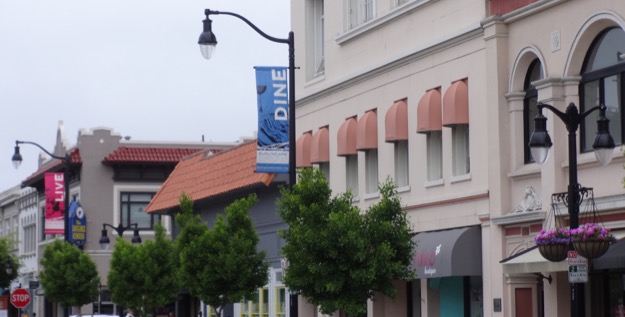
There are differences between 4G and 5G facilities, but not necessarily meaningful ones from a policy perspective. For most people, the two will look the same, except the 5G facility might be smaller and is likelier to look more integrated, without so many obvious components and visible wires, although there will be no shortage of exceptions. Mostly it’s because 5G technology is newer and they’ve had more time to work on it. In theory (there aren’t a lot of actual small 5G installations to go by yet) 5G facilities should be smaller than 4G, and easier to integrate into a street light or utility pole. But that might not be obvious. As a general rule, a 5G facility should fit within whatever specs a city has set for 4G facilities.
One difference that might matter is cities will start seeing permit applications for locations where 4G wouldn’t have been installed. That’s because 5G facilities are designed to be deployed more densely, and in many cases physically closer to customers.
Another difference is that cities will get a lot more permit requests for 5G installations, once work actually begins, also because they’re installing more per square mile. There have already been cases where a carrier submitted dozens of applications at once. That’s something that planning and/or public works staff have to think about – there are shot clocks with deemed approved teeth established by the California legislature – 90 days for new equipment on existing sites and 150 days for new sites.
So far, the mobile companies, carriers and infrastructure companies, haven’t gone to war over that, but it’s only a matter of time before they do.
A third issue will be fiber. For the most part, 5G cell sites need to be connected directly to fiber cables, and that means trenching and adding wires to utility poles, which also means more permit applications. It’s not a question of something particularly new, it’s going to be a problem of sheer numbers.
That’s assuming that carriers want to build out to a community at all. The relationship between low community income levels and lack of telecommunications service and infrastructure is well established. A 5G permit onslaught might be a problem, but it’s a bigger problem for a community if it doesn’t come at all.
